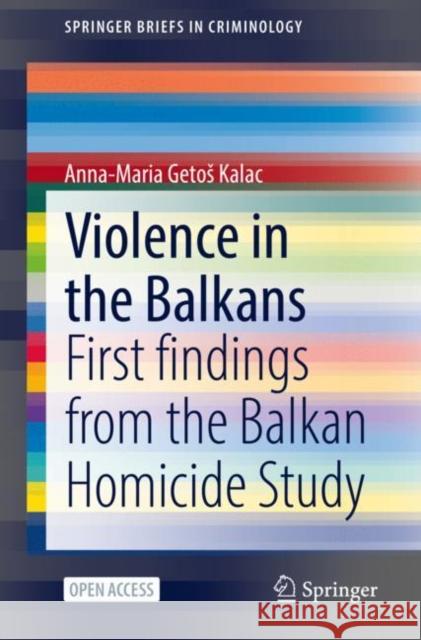Violence in the Balkans: First Findings from the Balkan Homicide Study » książka
topmenu
Violence in the Balkans: First Findings from the Balkan Homicide Study
ISBN-13: 9783030744939 / Angielski / Miękka / 2021 / 113 str.
Kategorie:
Kategorie BISAC:
Wydawca:
Springer
Seria wydawnicza:
Język:
Angielski
ISBN-13:
9783030744939
Rok wydania:
2021
Wydanie:
2021
Numer serii:
000437962
Ilość stron:
113
Waga:
0.23 kg
Wymiary:
23.37 x 20.32 x 0.51
Oprawa:
Miękka
Wolumenów:
01











